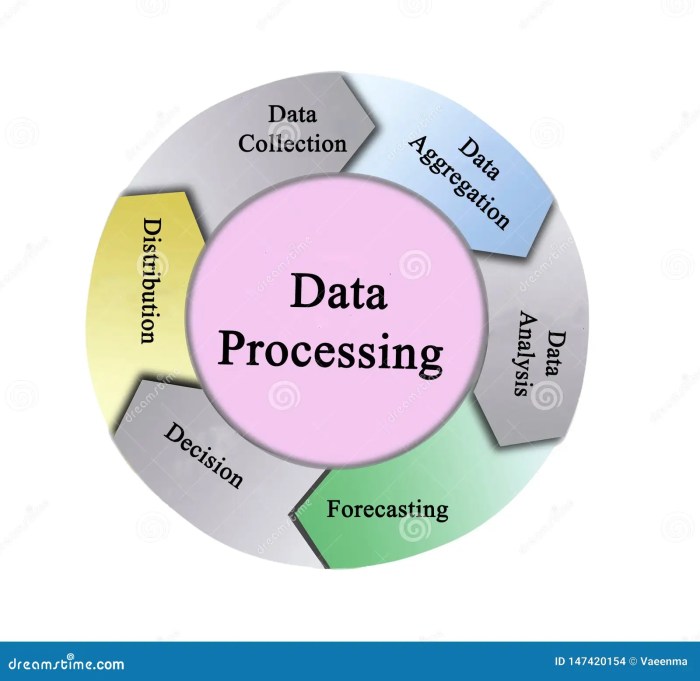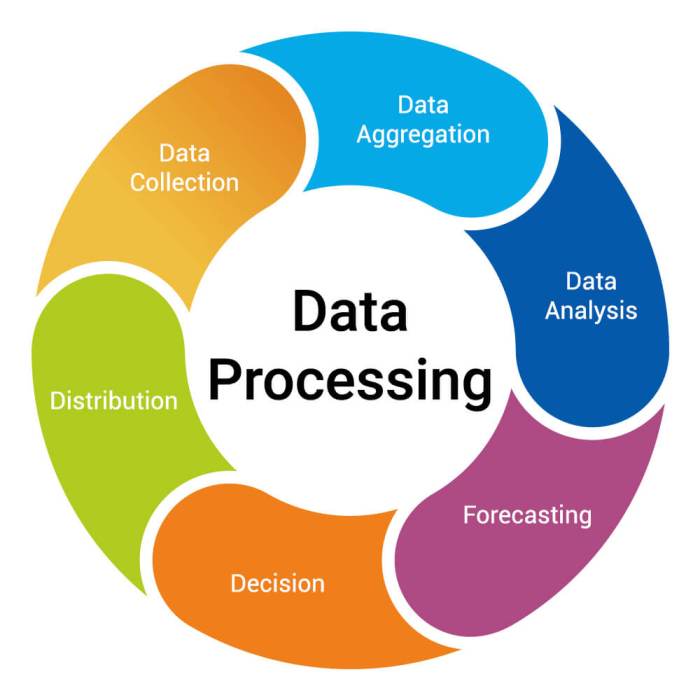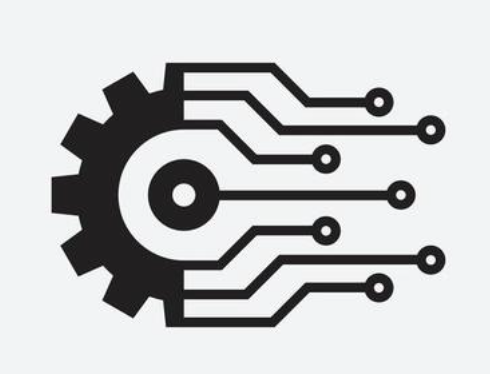Edge computing sets the stage for this enthralling narrative, offering readers a glimpse into a story that is rich in detail and brimming with originality from the outset.
Edge computing represents a paradigm shift in how data is processed and analyzed. Instead of relying solely on centralized cloud servers, edge computing brings computation and storage closer to the source of data, often at the network’s edge. This approach offers a range of benefits, including reduced latency, enhanced security, and improved scalability, making it ideal for applications that require real-time insights and rapid responses.
Benefits of Edge Computing

Edge computing offers several advantages over traditional cloud computing, particularly in scenarios where low latency, high bandwidth, and data locality are crucial.
Reduced Latency
Reduced latency is one of the most significant benefits of edge computing. By processing data closer to the source, edge computing minimizes the time it takes for data to travel to and from the cloud, resulting in faster response times and improved user experiences.
This is particularly important for applications that require real-time data processing, such as gaming, video streaming, and autonomous vehicles.
Improved Data Security
Edge computing enhances data security by keeping sensitive information closer to the source and reducing the need to transmit it over long distances. This minimizes the risk of data breaches and unauthorized access, as data is processed and stored locally.
Enhanced Scalability, Edge Computing
Edge computing provides a highly scalable solution that can adapt to fluctuating demands. By distributing processing power across multiple edge nodes, edge computing can handle sudden spikes in data traffic without overloading the central cloud infrastructure. This flexibility makes it ideal for applications with unpredictable workloads, such as e-commerce platforms and social media services.
Cost Efficiency
Edge computing can be more cost-effective than traditional cloud computing in certain situations. By reducing the need for data transmission and processing in the cloud, edge computing can lower bandwidth costs and reduce reliance on cloud infrastructure. This can be particularly beneficial for applications with high data volumes or geographically dispersed users.
Use Cases
Edge computing delivers significant value in various industries and applications, including:
- Manufacturing:Edge computing can optimize production processes by providing real-time data analytics for predictive maintenance, quality control, and inventory management.
- Healthcare:Edge computing can facilitate remote patient monitoring, telemedicine, and medical imaging analysis, enabling faster diagnosis and treatment.
- Retail:Edge computing can enhance the customer experience by providing personalized recommendations, real-time inventory updates, and faster checkout processes.
- Transportation:Edge computing powers autonomous vehicles, traffic management systems, and smart city initiatives by enabling real-time data processing and decision-making.
- Finance:Edge computing can improve fraud detection, risk assessment, and customer service by providing real-time data analysis and transaction processing.
Future of Edge Computing

Edge computing is rapidly evolving, poised to become an integral part of our digital future, transforming industries and shaping the way we interact with technology. The convergence of emerging technologies like 5G, IoT, and AI is fueling this transformation, creating a powerful synergy that will drive the adoption and evolution of edge computing in the coming years.
Impact of Emerging Technologies
The rise of 5G, IoT, and AI is significantly influencing the future of edge computing. These technologies are interconnected and mutually reinforcing, creating a powerful ecosystem that will accelerate the adoption and evolution of edge computing.
- 5G:The high speed, low latency, and increased bandwidth offered by 5G networks are essential for enabling real-time data processing and communication at the edge. This will unlock new possibilities for applications requiring low latency, such as autonomous vehicles, industrial automation, and augmented reality.
- IoT:The proliferation of connected devices is generating massive amounts of data, much of which needs to be processed in real-time at the edge. Edge computing provides the necessary infrastructure to handle this data deluge, enabling faster insights and improved decision-making.
- AI:Edge computing provides the computational power and data accessibility required to deploy AI applications closer to the source of data. This enables real-time AI-powered decision-making and personalized experiences, without the need for data to be sent to a centralized cloud.
Anticipated Advancements and Key Milestones
The future of edge computing is marked by a series of anticipated advancements and key milestones that will shape its landscape.
- Increased Edge Computing Capacity:The expansion of 5G networks will significantly increase the availability of edge computing resources, enabling the deployment of more complex and resource-intensive applications.
- Advanced Edge Security:As more sensitive data is processed at the edge, robust security measures will be crucial. Advancements in cryptography, data encryption, and security protocols will ensure the protection of data and applications at the edge.
- Integration of Edge Computing with Cloud:The future of edge computing lies in seamless integration with cloud platforms, creating a hybrid architecture that combines the benefits of both. This will enable flexible scaling, resource optimization, and data management across distributed environments.
- Emergence of Edge AI:The deployment of AI models at the edge will enable real-time analysis and decision-making without the need for data to be sent to a centralized cloud. This will revolutionize applications in fields such as healthcare, manufacturing, and transportation.
Conclusive Thoughts: Edge Computing
As we conclude our exploration of edge computing, it becomes evident that this transformative technology is poised to revolutionize various industries. Its ability to process data locally, enabling faster responses and greater efficiency, makes it a powerful tool for businesses seeking to optimize operations, enhance customer experiences, and unlock new possibilities.
With its growing adoption across diverse sectors, edge computing is shaping the future of technology and driving innovation in ways we are only beginning to understand.
Helpful Answers
What are the main differences between edge computing and cloud computing?
Edge computing processes data closer to the source, while cloud computing relies on centralized servers. Edge computing prioritizes low latency and real-time processing, whereas cloud computing emphasizes scalability and cost-effectiveness.
How secure is edge computing compared to cloud computing?
Edge computing can offer enhanced security by reducing the amount of data that needs to be transmitted over the internet. However, security measures must be implemented at the edge to protect against potential threats.
What are some common use cases for edge computing?
Edge computing is widely used in applications like autonomous vehicles, smart factories, healthcare monitoring, and video surveillance. It is also crucial for supporting the Internet of Things (IoT) and enabling real-time analytics.
